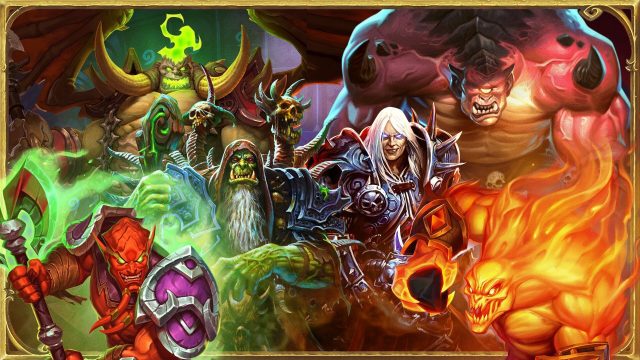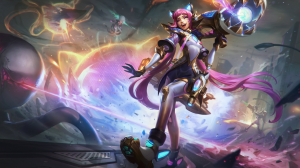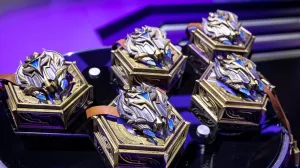Alongside the launch of Hearthstone Mercenaries, the game’s developers provided insights on its PvP mode in a blog post on Tuesday.
According to Lead Data Scientist Tian, the new system has two ideas at its core. Firstly, the ratings take into account a player’s skill over time, as opposed to team composition, mercenary level, or ability and equipment level.
Secondly, matchmaking takes rating, ability and equipment levels, mercenary levels and party roles into account. This is to help ensure that matches are fair and have a reasonable queue time.
Ratings overview
There are two ratings in the Hearthstone Mercenaries PvP system.
The internal rating represents a player’s current skill level. This value doesn’t reset at the beginning of each season, and it’s determined after a player has battled in initial placement matches. This value, which cannot be seen by the player, also gets slowly adjusted over time as one either continues to play or takes a long break from PvP mode.
Meanwhile, a player can see their external rating. This value gets reset at the beginning of each season, and can become closer to the internal rating as one plays more games in a season.
While matchmaking uses a player’s internal rating, the leaderboard features one’s external rating.
“The discrepancy between your internal rating and your opponent’s is an important factor in predicting your win probability against the opponent before each match,” Tian explained. “The win probability is then compared to the actual result to calculate ratings changes.”

Mercenary levels
Individual levels of mercenaries within a player’s party have a significant role in terms of rating updates after a game and matchmaking before the start of a game.
The PvP system works to pair a player against an opponent who has the same mercenary levels. If a player gets paired with someone with a higher-level party, then the player’s win probability is lower. This means the player can receive more rating points if they win or lose fewer points if they lose the match.
When players don’t have equally-leveled parties, a formula is used to determine a level score. This determines the strength of a party of mercenaries. The level score gets calculated at the end of each game.

Ability and equipment tiers
Each mercenary has tiers of abilities that are taken into account. Similar to the level score, an ability score determines the strength of mercenary abilities.
According to the developer insights, “That ability score is then transformed, by a non-linear function, to help predict your win probability against your opponent and to calculate post-game rating updates.”
If a player and their opponent’s mercenaries are all at their maximum level, then the ability score has a less significant role.
As for equipment tiers, they are calculated with different parameters compared to ability tiers. For example, a player doesn’t have to have any equipment paired with their mercenaries. A mercenary without equipment is treated as if it’s bringing “tier zero” equipment into the fray.

Mercenary roles
While roles don’t affect rating updates after a game, they do affect the matchmaking phase.
The impact is less significant compared to party levels and tiers for abilities and equipment. However, mercenary roles are used to decrease the chance of extreme matches such as six casters duking it out against six casters.
The Hearthstone team uses an idea similar to information entropy. Higher entropy means more variety in the composition of mercenary roles.
“We then multiply that entropy score by a characteristic function to make sure that only the extreme match cases are affected,” Tian said.

Queue time, AI and more
At the launch of Hearthstone Mercenaries, if a player’s queue time is longer than 1-1.5 minutes and both of their internal and external ratings are below specific thresholds, then the player will fight against an AI. The threshold for the external rating is 7,000.
Games against AI opponents accommodate a player’s internal rating and mercenary levels. The rating updates will also be affected after an AI game.
Additionally, exact abilities, equipment and mercenaries are not considered in terms of rating updates and matchmaking. This means two different mercenaries with the same roles, levels, and ability and equipment tiers get treated the same.
Hearthstone Mercenaries developers will monitor the rating and matchmaking system as well. They will use live data to update variable values and algorithms.








